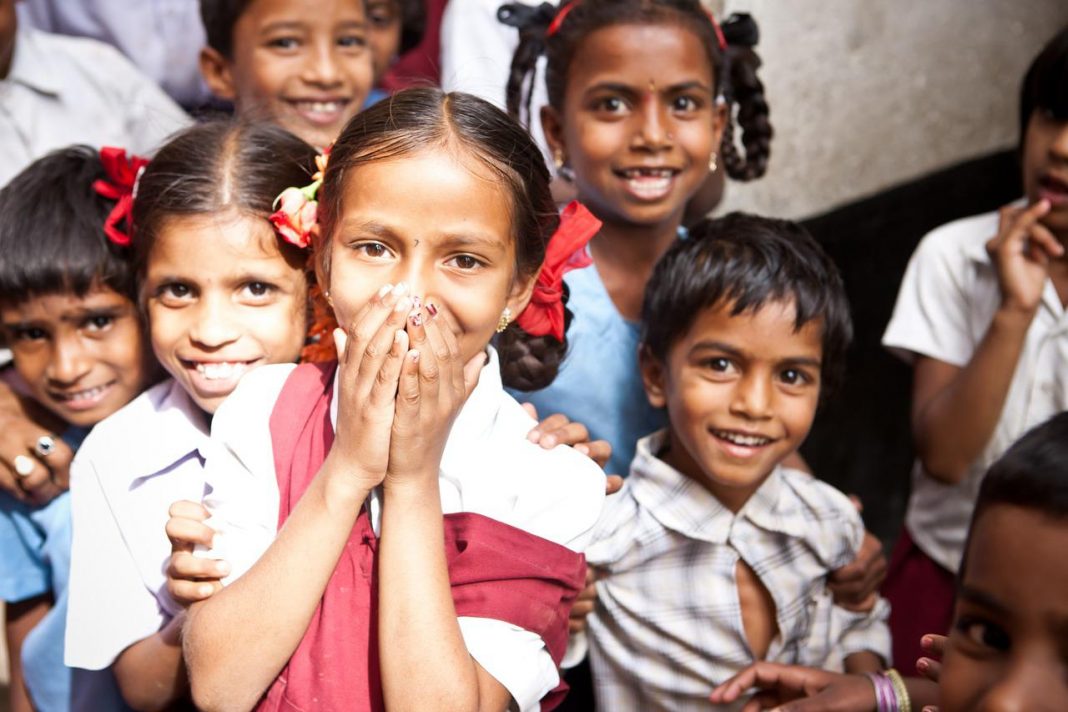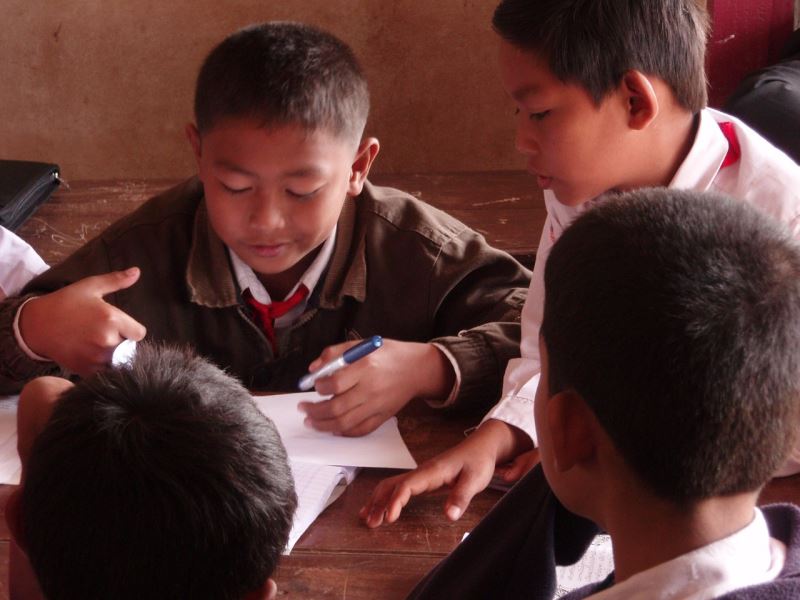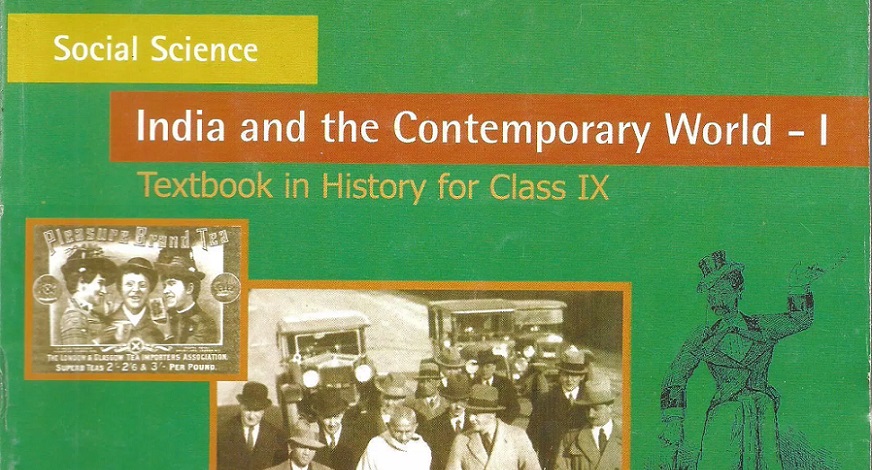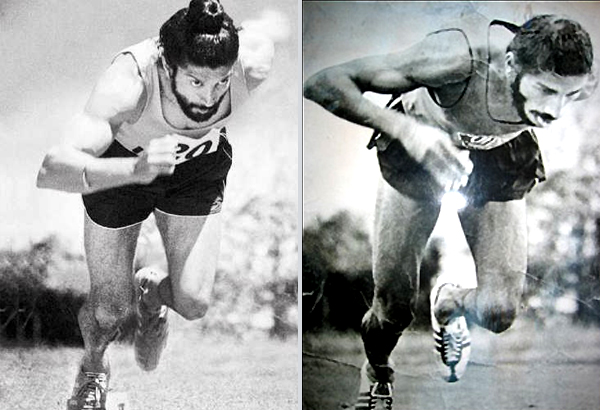When we think of teaching and learning in schools, the picture that generally comes to mind is of a teacher teaching on the blackboard or students reading some texts or maybe writing in a notebook. Even though this picture and our imagination of schools might differ, there is one thing that would be common across schools: the use of textbooks. Some of us might even be able to recall some of the texts, chapters, questions, or even experiences around these textbooks, which very subtly brings to our notice the powerful, strong, and intimate associations of textbooks with students, their lives, and their learning in schools.
In the paper have given a brief of the resources used, then went to the content analysis followed by the discussion with my brother and conclusion in the end.
Resources used
In this paper, I will provide an overview of the SCERT Textbooks of the state of Kerala to understand and to comment upon the notion of school knowledge and of learning as brought out by the same. I have used language and social science textbooks of grade 10. I chose Kerala because it is a state that I have always been curious about, especially regarding its education. From a very young age, I have heard that the state has a greater concern for quality in education, health, governance, polity, etc. which was reinforced by the statistical reports and news articles I have read so far concerning Kerala. As naïve as the reason may sound and maybe the exercise is not enough to cater to my curiosity, it is worthwhile to look at the state textbooks for us educators, to familiarize ourselves with the varied contexts in the country. My brother studies in the same grade and therefore I talked to him as well to understand how he perceives textbooks. It is important to mention here that he studies the NCERT textbooks and not the ones used in Kerala and his comments reflect the picture in the NCERT Textbooks which I have supported with adequate detail of the content.
The Textbooks: Text and Analysis
All three books, I used, were framed by SCERT, Department of General Education, Govt of Kerala, in the year 2019 and have been retrieved from Samagra, the E-Resource portal on the official website. The website offers material in four mediums, Malayalam, English, Kannada, and Tamil. The official language of the state is Malayalam, which is spoken by a majority of the population there with other language groups as well (The Hindu.,2017, April 27). Coming to the textbooks now, each of the textbooks starts with the national anthem and a pledge for the children that wants them to strive to be proud and worthy of the rich heritage of the country, respect and love for fellow Indians, and more. To me, it is in a way (not necessarily bad but we need to acknowledge this) to foster the values of a good citizen and to encourage a feeling of nationalism which textbooks are generally used to do as they serve the purpose to shape young minds from a very early age. The books do not have any preface or a note to the teacher like NCERT textbooks, but the note of the SCERT director to students implies that the books draw upon NCF 2005. There are even pages dedicated to constitutional provisions like fundamental duties of citizens and the rights and responsibilities of children as per Kerala SCPCR, child and other Helpline numbers including Nirbhaya and police which was new and interesting to me. The reason I could make is the same as the inclusion of the national anthem and the pledge. One question is do we even think of a grade 10 student of age say 15-16 be a full citizen to feel the necessity of including fundamental duties?
Even though there are many language textbooks including Urdu, Tamil, Kannada, Sanskrit, Arabic, etc. but I have used only English and Hindi textbooks because I cannot understand any other available there. Both the Hindi and English textbooks are divided into themes and these themes do not seem to have any link with each other or even across the two languages. The major stance seems to be of NCF 2005 but the textbooks overall seem very mechanical to me, with a lot of focus on exercises, memory, skills, and grammar. The literature used, consist of varied forms of texts in both languages, from stories, commentaries, film/drama scripts, film songs, travelogue, ballads, etc. Most of the texts especially in the English textbook have texts of foreign authors. The texts are moderate to very difficult in comprehension according to me, not so in Hindi though but in English at least. The textbook has a glossary at the end of each theme to help students in comprehension. The textbook has very vibrant and colorful illustrations which I don’t see in the NCERT textbooks of grade 10. The organization of the texts is also very neat and coherent with both in-text and at the end of the text exercises. Sometimes the exercises or the activities have been expanded so much that it looks like a task even to me. The overall observation is there are more pages catering to exercises and activities than the texts themselves. There is a variety of exercises and they have been framed very thoughtfully with a vision to maybe cater to each dimension of language but they seem very overwhelming at times and also very mechanical to me. In the brief message of the director to the students, I saw a lot of concern for the development of skills “in association with National Skill Qualification Frame Work” and Activities are incorporated in the Textbook accordingly which one can see clearly. I am not a linguist and I am in no way against teaching structures and grammar and sometimes even memory but the sole focus on them would not be very useful and can make language teaching a task. The literature or the text loses its significance and the joy that Mr. director and NCF promise becomes a bluff, a sham. There are some exercises though that expect students to think, analyse, write, draw and even organize seminars, use the internet and create digital work, the major stance is to make the student an expert in grammar. Each chapter contains a brief sketch of its author in both the Hindi and English textbooks. The themes are only five but the number of chapters is great so there are two parts of each textbook, (wondering the number of exercises now). I saw SOME religious texts and value teaching in the English textbook with a whole theme on the same. There is a unit in the Hindi textbook which seems to be concerned with discrimination and there are chapters on child labor and also a poem of Kamla Bhasin makes me recall the symbolic representation Michael Apple talks about.
The social science textbook had the same issues as language books. The same book had chapters on history, political science, and sociology. They have also been divided into themes and the organization seems abrupt with chapters having no coherence and flow or say linkage with each other. I read world wars and then came public administration. This book has two parts and there are intext tasks and activities even some interesting notes to read but at the end each chapter has an exercise with a heading let’s assess, as it was necessary to mention. The chapters are coherent, interesting, and descriptive. They have been beautified and organized well with pictures, colors, and activities that draw upon varied sources. However, I see no connection of the textbooks to the student’s life though. Maybe it is important to know about freedom struggles and revolutions but what purpose do they serve for a student in grade 10? What is the utility of developing this kind of intellect? The approach to social studies seems very conventional with a lot of focus on facts, knowledge, dates, important events, and persons (who decides is another question). This makes the usual practice of cramming upon and mugging up facts and establishing social science as a boring, useless school subject concerned about dates and facts. I didn’t see a question asking what do you think? What would you do in such a situation in the entire textbook, maybe our students don’t think or analyze events so why should we care to make them do so.
A student’s view on language textbooks (NCERT)
In the brief discussion with my brother, he brought to my notice many important things. One that students and maybe teachers as well see textbooks to be synonymous with syllabus and curriculum. When I asked him if teaching-learning could happen without textbooks he looked at me as I was a fool and said “tell me how will we know what to study for exams then? Teachers tell us the chapters we need to study for which exam, it’d be very confusing and impossible otherwise”. I asked him if he or his teachers ever use the in-text activities and he said the teacher says those are waste of time only you need to study for exams or else we will not get good marks. I kept on to ask if there could be the freedom to choose which texts or books you want to read and the exams would be of no concern, he was in disbelief and said “ aisa toh ho hi nahi sakta”, “exams toh zaruri hai, how will you know who knows how much then?”. 10th B is 10th B, we have our own books and this is the way it should be, why will I study if there are no exams. Thus the basic understanding and utility of textbooks are to serve the purpose of standardized tests and exams according to a student. He told me that English is mostly taught either by a way of translation or by assigning some grammar or writing texts. The in-text activities whether or not designed carefully, are creative, useful, and interesting are not exam material and therefore a waste of time, this was a story of a private school, the situation may be worse in the government schools.
I like a fool kept on asking if reading can be for joy only and he gave a very interesting response, what is the use of schools then, you learn to read in schools only if you want to read for a fun read your storybooks after school then. He said that he reads his textbooks in his free time sometimes for leisure though but this is what you can do voluntarily and the schools need not shift to this approach.
Further, I showed him the NCERT textbook of Hindi and we were just flipping pages when we saw Kabir Ke Dohe, Ramayan ki Chaupayi, and much more Hindu mythology literature and he out of nowhere asked me there might be other types of poems as well. This tiny observation of him made me wonder if Urdu ghazals or Hindi Shayari (a concern for Urdu books, maybe? We are not talking about the script, though) was not used in the book when it has those other styles of poetry and writing which very explicitly represent a certain religion. The purpose is to acquaint children with a variety of literature according to the preface but then why choose some and leave others. My father said those are romantic prose not right for teens, (Ghazals and Shers could be about anything including romance, we know) and that prayers and religious texts are better but then whose religion and whose texts? is something we need to ponder upon. What constitutes Hindi is maybe not my position to decide, neither do I have the expertise, but in a diverse country like India, if we don’t see the Hindi, we speak to be academic and if can include Khadi boli, Brij bhasa, and any other local north Indian dialects then why not the literature of other groups. If this responsibility is passed on to the specific language books and we look at the popularity and use of those in comparison with Hindi, a certain hegemonic practice comes to the fore establishing what constitutes Hindi and maybe Hindu as well. I might be entirely wrong on the issue but interestingly enough, The same Hindi book has a Nawabi Urdu prose in the ‘Gadya section’, I contemplate upon the same distinctions about Urdu and Hindi now, which I made myself.
I dwelled into the exercise and the content expecting a more inclusive approach but our education as made sense through textbooks is more surrounded with concerns around skills, standardization, assessment, exams, outcomes, results, performance, and so on. Textbooks in most of the cases are What constitutes the nation, the religion, and the common is not just legitimized but reinforced through textbooks and then we like my brother tend to think about a certain reductionist kind of education to be the absolute and true form of school knowledge, killing our capacity to question and think. Textbooks for the better or worse though will be always surrounded by politics maybe but it should not be in a way that the major loss is of the young and of those who want education to be a democratic and inclusive practice.
Kanika Kaushik is pursuing her masters in education from Ambedkar University, Delhi.










